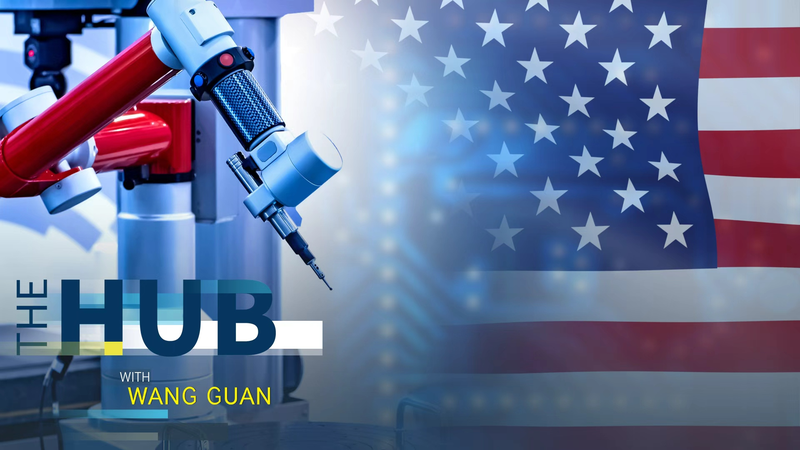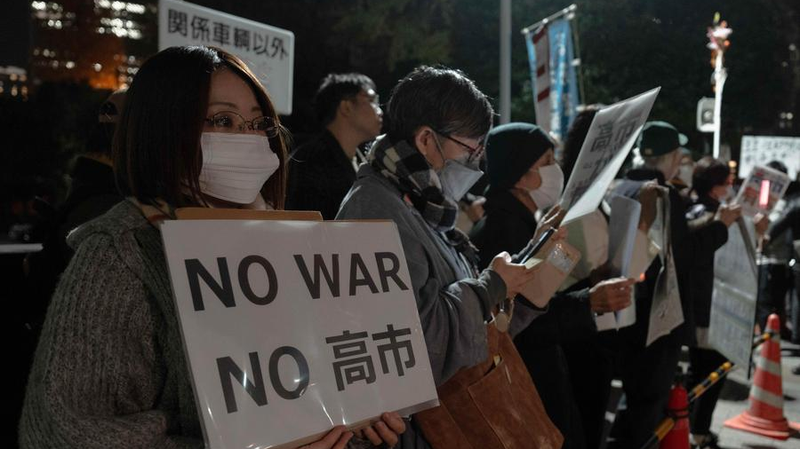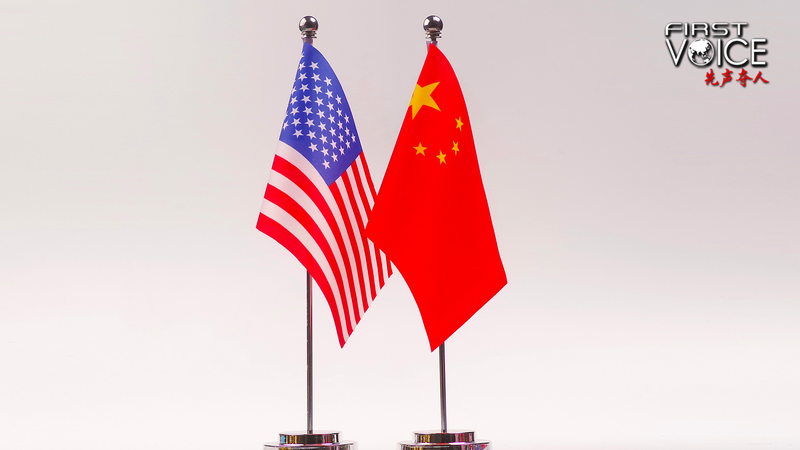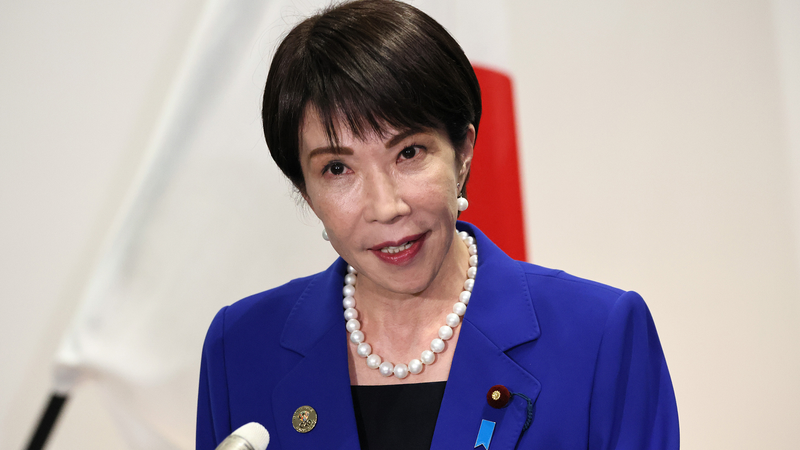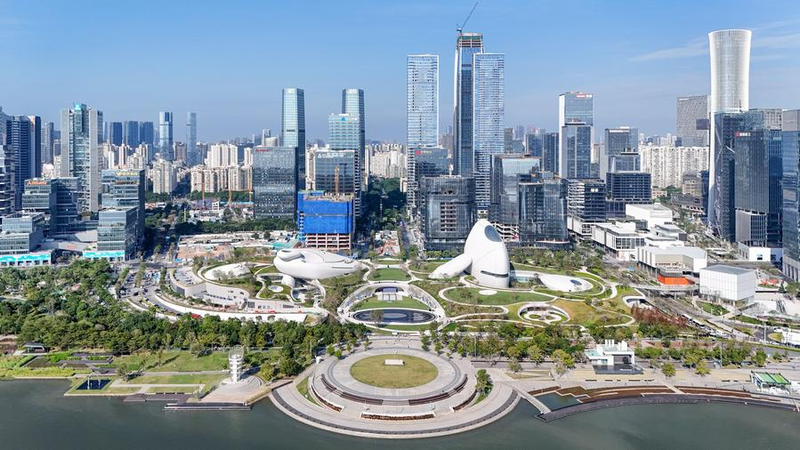President Donald Trump's decision to let the 90-day pause on reciprocal trade tariffs lapse on August 1 marks a dramatic shift in U.S. trade policy.
As of July 9, Washington has notified 22 trading partners that higher duties are imminent – signaling that tariffs will be both a bargaining chip and a blunt instrument in Mr. Trump's bid to revive American manufacturing.
Tyson Jominy, VP of Data & Analytics at J.D. Power, highlights that data show supply chains tightening, driving up costs for U.S. factories and causing delays in sectors from autos to electronics.
Asia's response, according to Einar Tangen, senior fellow at the Taihe Institute and chairman of Asia Narratives Substack, could reshape global trade dynamics as export-driven economies scramble to adjust.
Meanwhile, John Gong, professor of Economics at the University of International Business and Economics, points to a domino effect: higher consumer prices, shifting supply chains and potential retaliation that extend beyond U.S. borders.
So what's next? Companies across G20 nations are already re-evaluating sourcing strategies, exploring nearshore options and diversifying suppliers. For young entrepreneurs and global nomads, the rulebook is changing on the fly – and adaptability is the key to staying competitive.
Whether this tariff-heavy play will truly reignite America's industrial heartland remains an open question. One thing is clear: in the global trade arena, stakes and tensions have never been higher.
Reference(s):
cgtn.com
